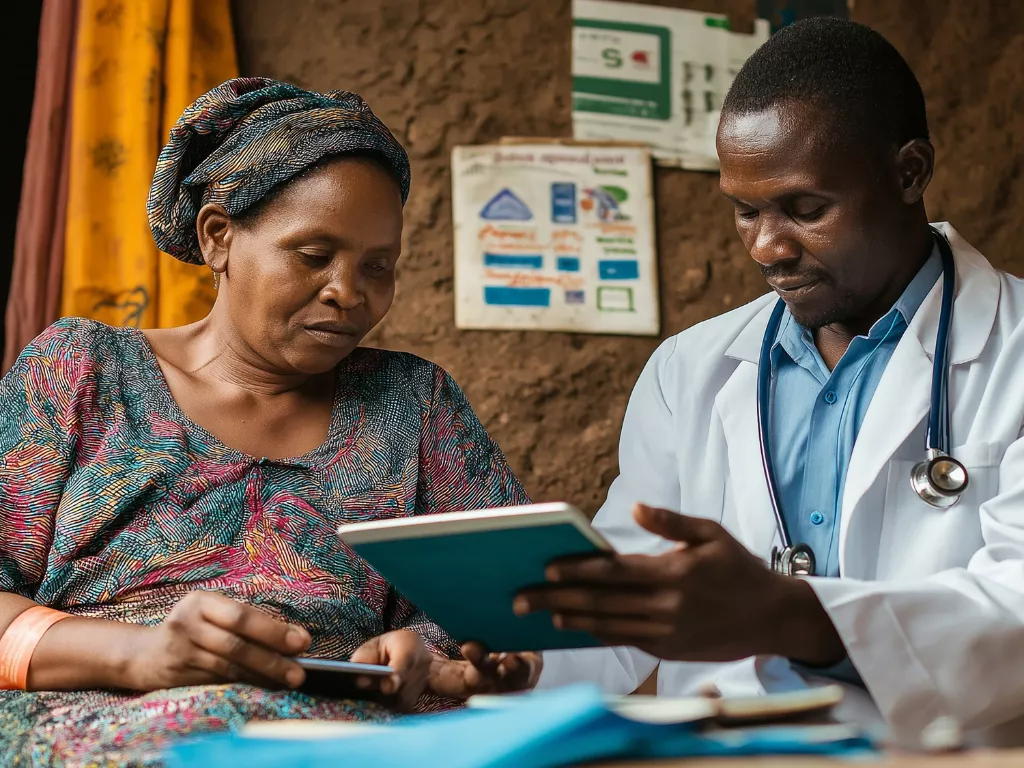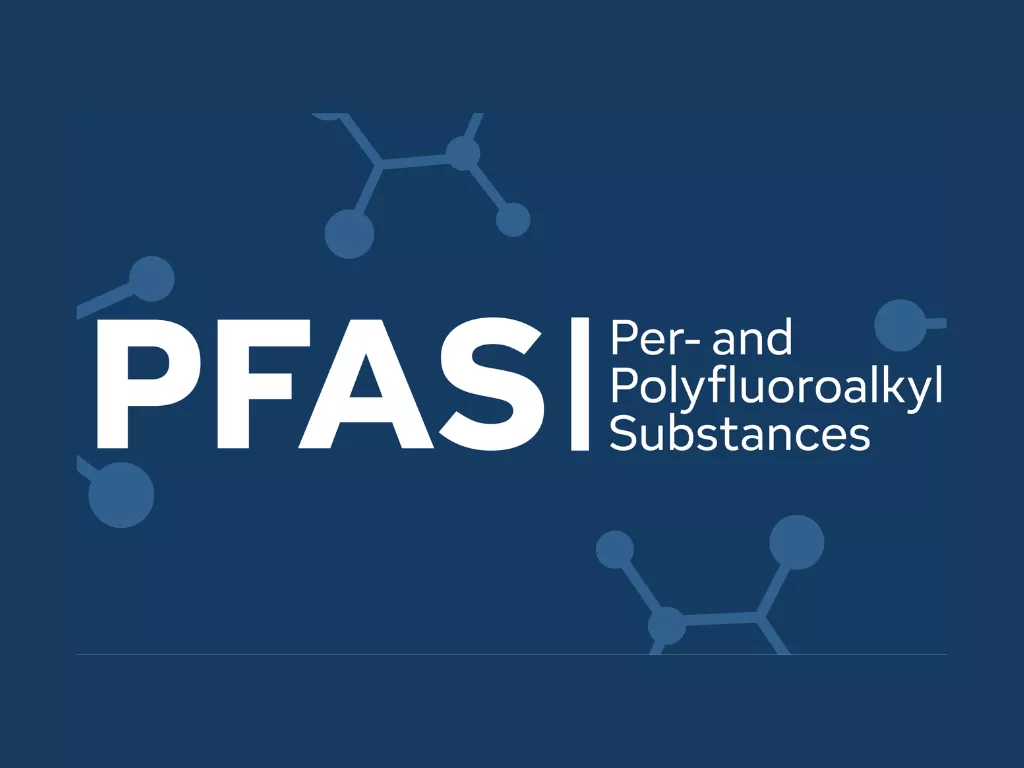Emerging Technology Trends That are shifting the dynamics of the Healthcare industry
22 June 2022
The COVID-19 pandemic changed the world completely and, as with all other sectors, the transformation in the healthcare sector is nothing short of remarkable. The pandemic also accelerated innovations embracing new-age technologies in healthcare for faster diagnostics and treatments. Technology is increasingly permeating every aspect of healthcare. Technological advancements are making healthcare patient-friendly.

Discover more

Building Better Digital Experiences with Information Architecture
In today’s digital age, information is omnipresent. Whether it's websites, mobile apps, online platforms, or digital content, these elements have become integral parts of our...

Revolutionizing Rural Healthcare: How AI is Shaping the Future of Telemedicine
Introduction Telemedicine has revolutionized healthcare delivery, particularly for underprivileged populations. For rural areas, where access to healthcare facilities is often limited, telemedicine has the potential...

PFAS: How ‘Forever Chemicals’ Impact Medical Devices
Introduction: Since 1940, per- and polyfluoroalkyl substances (PFAS) - a class of artificial compounds, have been used globally in a variety of industrial and consumer...
